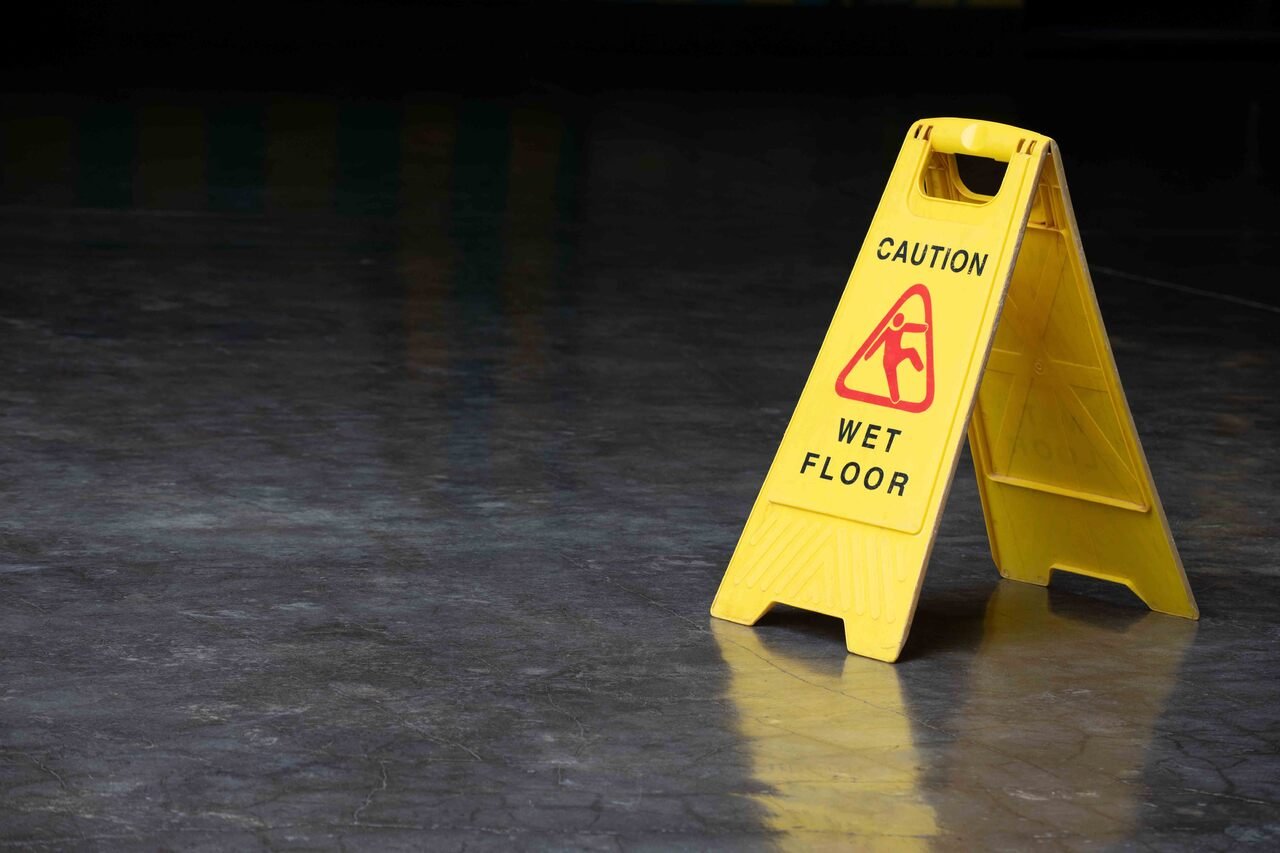Although there are thousands of reasons someone might slip and fall, weather pattern changes can be one of the most common. From the incredible amount of ice and water that can come during the winter to the rough wind and thick fog that can make traveling anywhere difficult: weather makes a difference.
These are the top ways weather changes can affect slip and fall cases and why it’s important to be careful and aware of them.
1. Unexpected Ice
Ice is a killer, causing over 17,000 deaths a year and over a million injuries. The largest reason it’s dangerous is that it has the ability to blend into the texture of whatever surface you’re walking on. If it hasn’t been cleared away, or there are no warning signs up, you might slip and fall, seriously injuring yourself and becoming part of this statistic.
Unexpected ice is frustrating, so it’s best to be aware of your surroundings, check the weather, and walk carefully on all surfaces where ice might form.
2. Roads and Grass Are Slippier in Fresh Rain
One of the top reasons people call a slip-and-fall lawyer is because they headed out directly after it started raining. When it rains for the first time in a few days or weeks, the oil from the asphalt comes up to the surface, creating a slick later on top of the water of the road or sidewalks.
If you’re walking on this surface, or worse, rushing, you could end up slipping, falling, and getting seriously injured.
3. Snow Slush Is a Hazard
Although some may tie this to ice, there’s a large difference. Snow slush is caused when the temperatures warm during the day and then rapidly cool at night, with more snow and ice accumulating during this process.
This mixture of ice and snow may hide thick and slick ice beneath it or can be smooth enough on its own that it causes you to lose traction while you’re walking. This is a dangerous material to try and walk through without the proper footwear.
4. Water Can Cause Loose Gravel and Pavement to Move
Gravel roads and sidewalks can seem nice because they don’t fill with water as easily, but when they do, they can quickly become dangerous. If it has pumice mixed in, or there’s a thick stream of water moving through, some portions of the gravel may float, which can cause you to misjudge how deep it is.
Beyond that, a current may form within the gravel that can cause you to slip and fall.
5. Moisture Can Make Sleek Surfaces Dangerous
Polished concrete is one of the top materials in new business construction because it can look great, is affordable, and is easy to maintain. Unfortunately, this and many other flooring types like it can cause slip-and-fall accidents that are no joke. When water is tracked in, these floors can become a skating rink of accidents.
There’s Nothing As Dangerous as a Weather Change
Weather changes can bring slick floors, uneven terrain, and dozens of other tiny issues that can add up to someone getting seriously hurt. Consider watching your surroundings carefully, and be aware of any slip-and-fall conditions that form around you.

